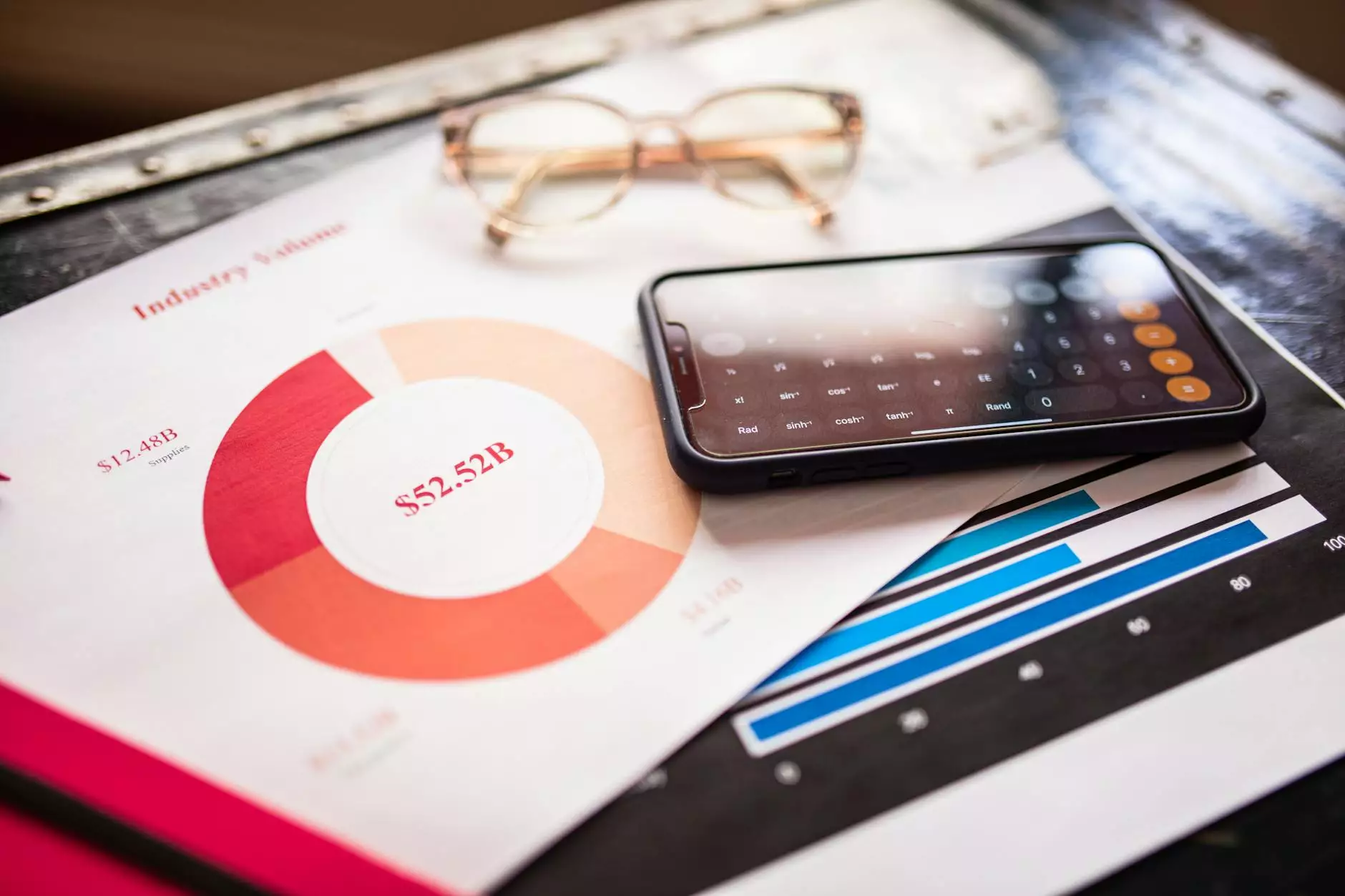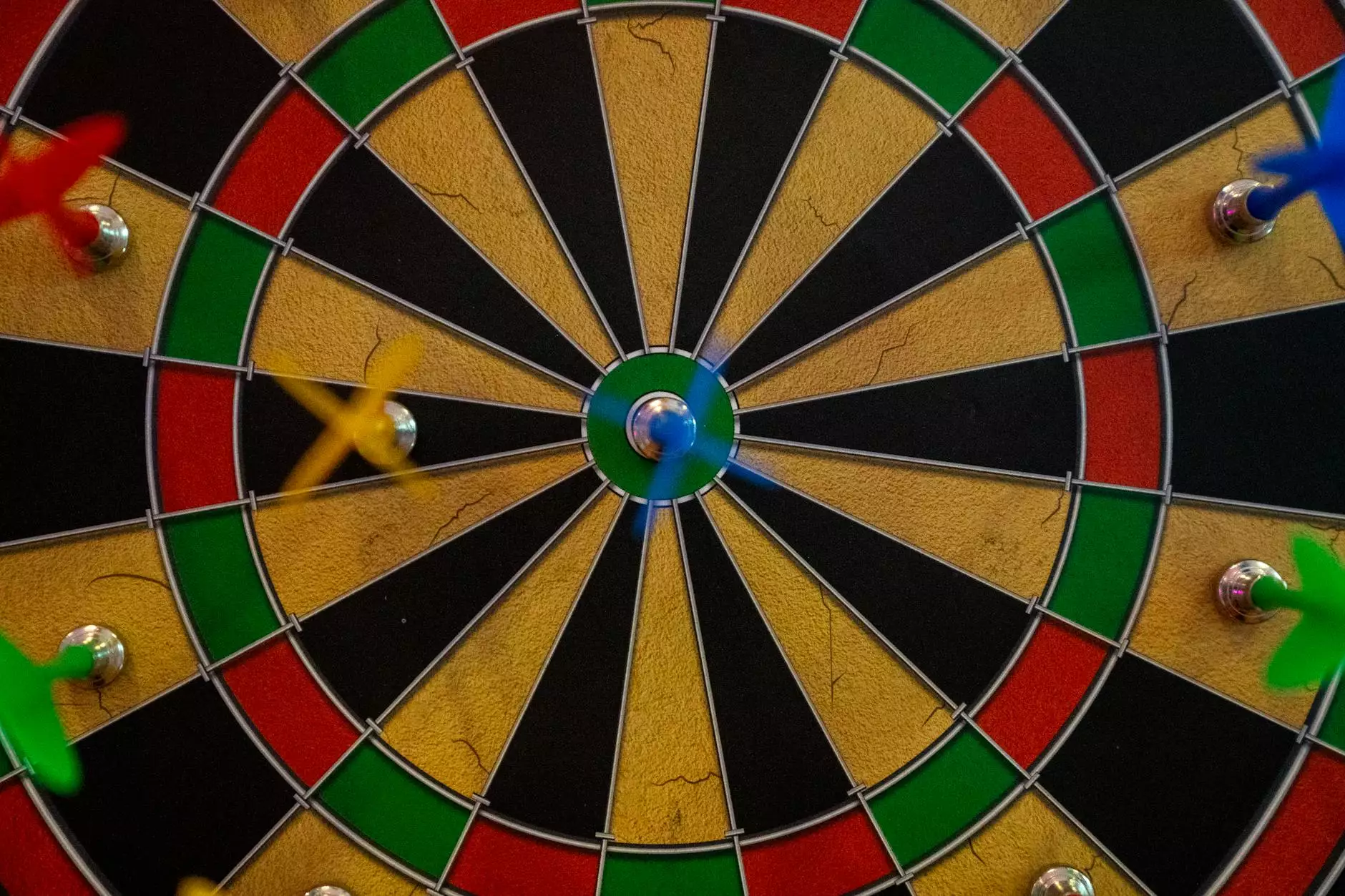Understanding Bone Densitometry Machines: Revolutionizing Bone Health Assessment

As our population ages, the importance of maintaining bone health becomes increasingly evident. Bone densitometry machines play a critical role in diagnosing conditions such as osteoporosis, providing valuable information that helps healthcare providers make informed decisions about patient care. This article will delve into what bone densitometry machines are, how they function, their importance in the medical field, and where the future of bone health assessment is headed.
What is Bone Densitometry?
Bone densitometry, also known as bone density testing, is a medical diagnostic procedure that determines the amount of mineral matter per square centimeter of bones. This procedure is crucial for identifying osteoporosis and assessing fracture risk in patients. The bone densitometry machine is specialized for conducting these tests and uses advanced technology to measure bone density accurately.
How Does a Bone Densitometry Machine Work?
The essence of bone densitometry lies in its ability to evaluate bone mineral density (BMD). Here's how a typical bone densitometry machine operates:
- Types of Osteodensitometry: The most common technique used is Dual-Energy X-ray Absorptiometry (DEXA). DEXA uses two X-ray beams at different energy levels to estimate BMD.
- Patient Preparation: Patients are usually advised to avoid calcium supplements for 24 hours prior to the test. Patients should also inform the technician of any previous imaging tests that could impact the results.
- Procedure: During the test, the patient lies on a padded table while a scanner moves over the body to perform the measurement. The procedure is painless and takes about 10 to 30 minutes.
- Results Interpretation: The results are usually expressed in T-scores and Z-scores, indicating how a patient's bone density compares to a healthy young adult and age-matched individuals, respectively.
Importance of Bone Density Testing
Bone density testing is crucial for several reasons:
- Early Detection of Osteoporosis: Detecting low bone density early enables proactive intervention, significantly reducing the risk of fractures.
- Assessing Fracture Risk: Accurate BMD measurements allow healthcare providers to assess an individual's risk of bone fractures, especially in older adults.
- Guiding Treatment Decisions: The results from a bone densitometry machine can help tailor specific treatment plans, including medications, lifestyle changes, and monitoring strategies.
- Monitoring Treatment Efficacy: For patients undergoing treatment for osteoporosis, regular bone density tests can track improvements or declines in bone health.
Who Should Get a Bone Density Test?
While not everyone needs to undergo a bone density test, certain groups are at higher risk and should consider regular screenings:
- Women aged 65 and older
- Men aged 70 and older
- Postmenopausal women under 65 with risk factors
- Men aged 50-69 with risk factors
- Individuals with a history of fractures after age 50
- Those with medical conditions or medications that affect bone health
Technology Advancement in Bone Densitometry Machines
As technology advances, so too do the capabilities of bone densitometry machines. Newer models are equipped with several features that enhance their effectiveness:
- Improved Accuracy: The latest machines provide enhanced accuracy and reliability, giving healthcare providers confidence in their diagnostic capabilities.
- Low Radiation Exposure: Modern densitometers use lower amounts of radiation compared to older models, ensuring patient safety while maintaining accuracy.
- Body Composition Analysis: Some advanced models can also assess body composition, helping to distinguish fat from lean mass and providing a comprehensive view of the patient's health.
- Portable Models: Innovations have led to the development of portable bone densitometry units, making testing more accessible in various healthcare settings.
Benefits of Using Bone Densitometry Machines
The use of bone densitometry machines offers numerous benefits:
- Non-invasive Procedure: The testing is entirely non-invasive, making it a safe option for patients.
- Quick Results: Results are typically available shortly after the examination, allowing for timely medical decisions.
- Prevention-Focused: By detecting issues early, these machines help in implementing preventive measures, ultimately enhancing patients' quality of life.
- Informed Healthcare Decisions: Accurate assessments lead to better-informed treatment plans, tailored to the individual needs of patients.
Future Trends in Bone Densitometry
Looking forward, the field of bone densitometry is expected to evolve further. Here are some emerging trends:
- Integration with AI: The integration of artificial intelligence in analyzing scan results could improve interpretation accuracy and refine risk assessments.
- Telemedicine: Remote consultations for bone health assessments may become more widespread, supported by telehealth services that can interpret and discuss results with patients.
- Personalized Medicine: Advances in personalized medicine may allow for more tailored treatment options based on individual bone density results and risk factors.
- Increased Public Awareness: As awareness of bone health increases, more individuals will likely seek out bone density testing as part of their routine health checks.
Conclusion
In summary, bone densitometry machines are invaluable tools in the assessment of bone health. Their ability to diagnose osteoporosis early and accurately helps to prevent fractures and promote healthier lives among at-risk populations. As technology continues to advance, we can expect even more improvements in the efficiency and effectiveness of these machines, ultimately providing better outcomes for patients. For healthcare providers and patients alike, understanding the importance of bone density testing is essential for maintaining optimum health as we age. Regular screenings and proactive approaches can lead to prolonged mobility, improved quality of life, and a brighter outlook on bone health.
Call to Action
If you or someone you know is at risk for osteoporosis or related bone health issues, consider discussing bone density testing with your healthcare provider. Early detection through a bone densitometry machine can make a significant impact on your health journey.









